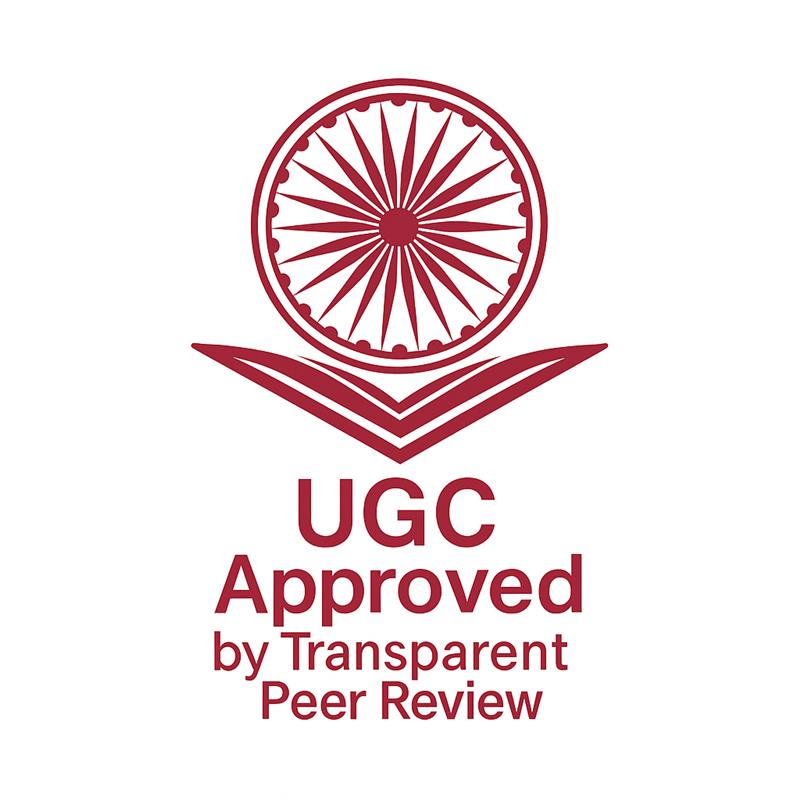Paper Title
USE OF NATURAL FIBRES IN CLC BRCIKS
Article Identifiers
Authors
Keywords
clc , light weight , sisal fibers
Abstract
Sisal fibres are natural fibres that are derived from the leaves of the sisal plant, Agave sisalana. Sisal fibres are known for their strength and durability, and have been used for a variety of industrial applications, including the production of rope, twine, and insulation materials. In recent years, sisal fibres have also been used as a reinforcement material in the production of cellular lightweight concrete (CLC) bricks. The addition of sisal fibres to CLC bricks improves their compressive strength, flexural strength, and thermal insulation properties. This makes CLC bricks reinforced with sisal fibres an attractive option for use in construction, particularly in areas that are prone to seismic activity or extreme temperatures. In addition to improving the physical properties of CLC bricks, the use of sisal fibres also has several other benefits. Sisal fibres are a sustainable and renewable resource, making them a more environmentally friendly option than synthetic fibres. They are also relatively inexpensive and readily available in many regions. CLC bricks reinforced with sisal fibres have been used in a variety of construction projects, including walls, roofs, and floors. They are particularly useful for the construction of lightweight structures and in areas where weight is a concern, such as on upper floors or in seismically active regions. The use of sisal fibres in CLC bricks is a relatively new area of research and development, and further studies are needed to fully understand the potential of this material. However, the initial results are promising, and the use of sisal fibres in CLC bricks is expected to grow in the future as more construction professionals become aware of the benefits of this material.
Downloads
How To Cite (APA)
Sahil Manik Mujawar, Sammer Sitaram Mulik, Pranav Sunil Patil, Yash Bipin Patil, & Ashish B. Jadhav (January-2024). USE OF NATURAL FIBRES IN CLC BRCIKS. INTERNATIONAL JOURNAL OF NOVEL RESEARCH AND DEVELOPMENT, 9(1), b532-b540. https://ijnrd.org/papers/IJNRD2401161.pdf
Issue
Volume 9 Issue 1, January-2024
Pages : b532-b540
Other Publication Details
Paper Reg. ID: IJNRD_199655
Published Paper Id: IJNRD2401161
Downloads: 000122255
Research Area: Civil EngineeringÂ
Author Type: Indian Author
Country: Ichalkaranji, Maharashtra, india
Published Paper PDF: https://ijnrd.org/papers/IJNRD2401161.pdf
Published Paper URL: https://ijnrd.org/viewpaperforall?paper=IJNRD2401161
About Publisher
Journal Name: INTERNATIONAL JOURNAL OF NOVEL RESEARCH AND DEVELOPMENT(IJNRD)
UGC CARE JOURNAL PUBLICATION | ISSN: 2456-4184 | IMPACT FACTOR: 8.76 Calculated By Google Scholar | ESTD YEAR: 2016
An International Scholarly Open Access Journal, Peer-Reviewed, Refereed Journal Impact Factor 8.76 Calculate by Google Scholar and Semantic Scholar | AI-Powered Research Tool, Multidisciplinary, Monthly, Multilanguage Journal Indexing in All Major Database & Metadata, Citation Generator
Publisher: IJNRD (IJ Publication) Janvi Wave | IJNRD.ORG | IJNRD.COM | IJPUB.ORG
Copyright & License
© 2025 — Authors hold the copyright of this article. This work is licensed under a Creative Commons Attribution 4.0 International License. and The Open Definition.
You are free to share, adapt, and redistribute the material, provided proper credit is given to the original author. 🛡️ Disclaimer: The content, data, and findings in this article are based on the authors’ research and have been peer-reviewed for academic purposes only. Readers are advised to verify all information before practical or commercial use. The journal and its editorial board are not liable for any errors, losses, or consequences arising from its use.

Publication Timeline
Article Preview: View Full Paper
Call For Paper
IJNRD is a Scholarly Open Access, Peer-Reviewed, Refereed, and UGC CARE Journal Publication with a High Impact Factor of 8.76 (calculated by Google Scholar & Semantic Scholar | AI-Powered Research Tool). It is a Multidisciplinary, Monthly, Low-Cost, and Transparent Peer Review Journal Publication that adheres to the UGC CARE 2025 Peer-Reviewed Journal Policy and aligns with Scopus Journal Publication standards to ensure the highest level of research quality and credibility.
IJNRD offers comprehensive Journal Publication Services including indexing in all major databases and metadata repositories, Digital Object Identifier (Crossref DOI) assignment for each published article with additional fees, citation generation tools, and full Open Access visibility to enhance global research reach and citation impact.
The INTERNATIONAL JOURNAL OF NOVEL RESEARCH AND DEVELOPMENT (IJNRD) aims to advance applied, theoretical, and experimental research across diverse academic and professional fields. The journal promotes global knowledge exchange among researchers, developers, academicians, engineers, and practitioners, serving as a trusted platform for innovative, peer-reviewed journal publication and scientific collaboration.
Indexing Coverage: Google Scholar, SSRN, ResearcherID-Publons, Semantic Scholar (AI-Powered Research Tool), Microsoft Academic, Academia.edu, arXiv.org, ResearchGate, CiteSeerX, ResearcherID (Thomson Reuters), Mendeley, DocStoc, ISSUU, Scribd, and many other recognized academic repositories.
How to submit the paper?
By Our website
Click Here to Submit Paper Online
You can now publish your research in IJNRD. IJNRD is a Transparent Peer-Reviewed Open Access Journal Publication (Refereed Journal), aligning with New UGC and UGC CARE recommendations.
For more details, refer to the official notice: UGC Public Notice
Submit Paper Online
Important Dates for Current issue
Paper Submission Open For: December 2025
Current Issue: Volume 10 | Issue 12 | December 2025
Impact Factor: 8.76
Last Date for Paper Submission: Till 31-Dec-2025
Notification of Review Result: Within 1-2 Days after Submitting paper.
Publication of Paper: Within 01-02 Days after Submititng documents.
Frequency: Monthly (12 issue Annually).
Journal Type: IJNRD is an International Peer-reviewed, Refereed, and Open Access Journal with Transparent Peer Review as per the new UGC CARE 2025 guidelines, offering low-cost multidisciplinary publication with Crossref DOI and global indexing.
Subject Category: Research Area
Call for Paper: More Details
Approval, Licenses and Indexing: More Details

 :
: 




